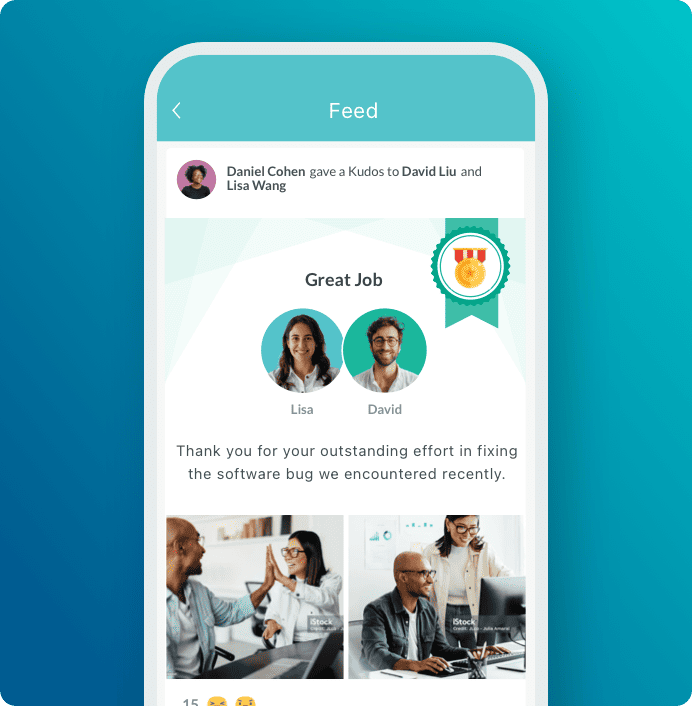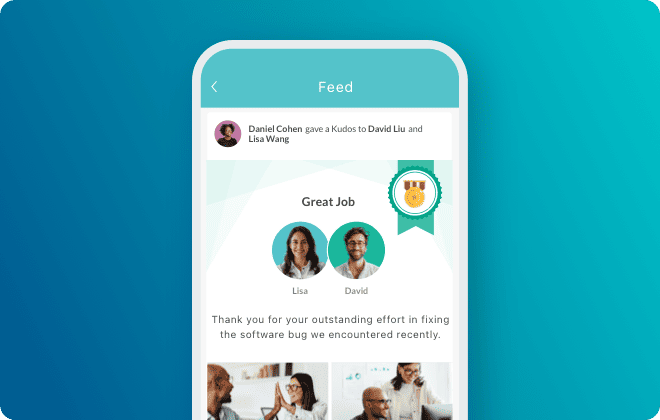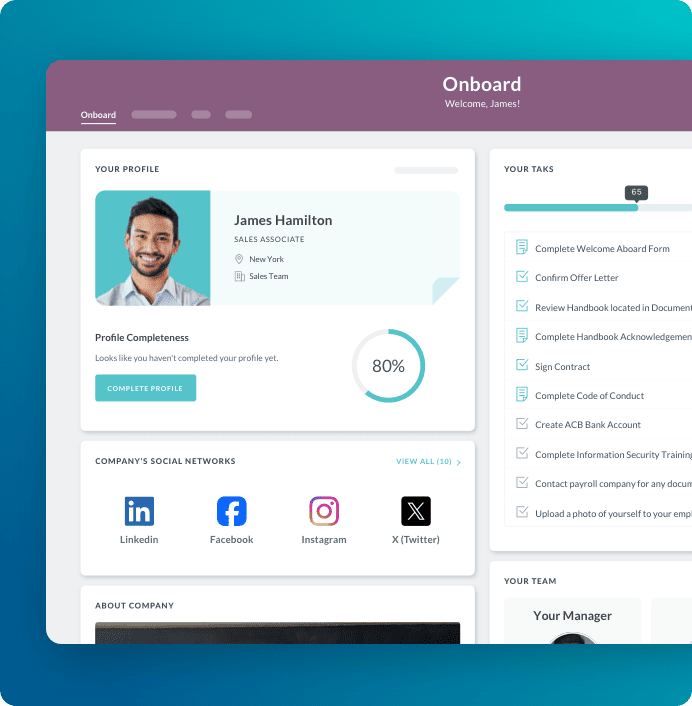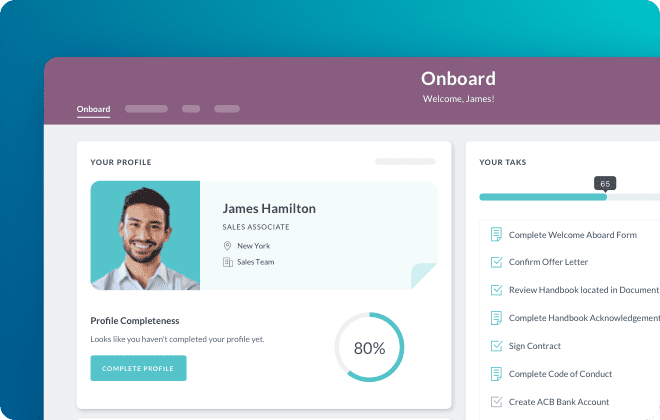Hiring for Fit: How to Hire the Best Employees for your Firm



 Cut onboarding time
by 60%—here's the
Ultimate Checklist
that helped do it.
Cut onboarding time
by 60%—here's the
Ultimate Checklist
that helped do it.

For hiring managers, creating a plan for how can be tricky. Hiring the right employee is always the goal, but what does “right” really mean? Everyone has their own definition of “right” and what it means to them, their team, and the organization. However, with consensus on the appropriate mix of cultural fit and skill set, recruiting can find the ideal candidate.
Got the Skills?
Hiring to skill and background is vital if you expect the basics to be covered. You’ve got to hire someone who is knowledgeable and can get the job done. Understanding the basic role requirements will help recruiting with the first scan of potential candidates.
In addition, let’s not forget about compliance. To comply with federal and state employment laws, you must hire against the posted job requirements.
However, if you realize that the candidates applying for the job don’t quite have the experience you’re searching for, you can adjust your requisition as needed. For example, if you find that candidates are typically overqualified and the market doesn’t meet your hiring expectations, you may need to review the job once more and reevaluate the requirements and then re-post.
So, we’ve got skills covered, but what about culture fit? Are employers hiring those that are more of a personality or “friend” type because they think it’ll be more fun, more collegial, and more comfortable? There’s a definite risk to hiring just for cultural fit and in doing so could cause highly skilled candidates to be overlooked just because they don’t fit the culture “type.”
A recent study by Northwestern management professor, Lauren Rivera, showed that managers are in fact, hiring for cultural fit over skills and experience. This study included interviews of 120 employers at “elite US investment banks, law firms and consulting firms, and more than half ranked ‘cultural fit’ as the most important factor in an interview.” Rivera stated, “Employers want to hire those who want to ‘hang out’ with them rather than strictly focusing on the person’s capabilities for getting the job done.”
With the cost of recruiting and turnovers impacting organizations, one can understand why it’s important to find the right fit, and why managers are so keen on hiring those that have similar background, interests, and life experiences. No one wants to make the wrong hire and deal with low morale, loss of productivity, and the cost of replacing that wrong hire with the right one. However, hiring just for cultural fit will not bring you success in the long run.
So what can be done to ensure organizations find the “right’ fit?
Mix it Up. Find the Right Balance
Hire for skill and hire for culture. Sounds easy enough, right? Bring in candidates that match the basic qualifications, evaluate expertise level, and use job-related scenario questions to determine potential performance. In addition to the recruiting basics, screening for cultural fit takes a bit more time, especially when trying to be consistent across the organization.
First, understand your value proposition to the candidate. If someone chooses to work for your organization, what is it that they will gain? What will it be like to work there? How do you manage their expectations on what your culture really is and what it says about your organization and the people they’ll work with? Candidates select organizations based on reputation, culture, and opportunity for long-term career growth. This is your chance to share your story and relay vision to potential candidates and your best bet at weeding out those that may not be a cultural fit. Companies earn reputations—good or bad—and your brand will be the best attractor for the right fit.
Second, understand how culture relates to the competencies/capabilities that your organization works hard to promote. Just as you link performance goals to business goals, do the same with culture. How so? Bruce Watt, managing director for DDI Australia shared this for HCOnline, “Having attracted the right people, review current selection processes and ways in which you screen for job and organisational fit. One of the quickest and easiest ways to do this is to directly link culture fit elements to a competency model. Most competency models include constructs that are similar to those that make up culture fit, such as customer focus and teamwork.” He goes on to say that you can use behavioral based questions during the interview to better understand cultural fit. Just be sure that your process is consistent and that each candidate doesn’t get a different set of questions.
Third, continually remind managers that hiring for culture is fine, and yes, important; however, the interviewing process must be unbiased and limit personal reactions to a candidate’s socio-economic status, the school they attended, what they do for fun on the weekends, or how often they hit the gym. If the organization’s value proposition is clear, managers should be able to vocalize culture and values to the candidate, sharing the story and portraying what it’s like to work there, what the expectations are, and how that candidate will fit in. Strive for consistency throughout the recruiting process to find the right mix of skill and culture fit.
Keep Reading
Balancing Technology and the Human Touch in Employee Engagement
Companies are taking employee engagement very seriously because it is one of the ways of
Building Strong Teams: The Power of Team Bonding Exercises
Never overestimate the power of collaboration as a core element of effective team
The Influence of Pets and Animals on Employee Engagement
In today’s constantly evolving workplace, companies are always looking for new ways to
Like What You Hear?
We'd love to chat with you more about how HR Cloud® can support your business's HR needs. Book Your Free Demo

See Workmates in action
Your culture upgrade starts here. Take a quick tour or book a live demo.


Cut onboarding time by 70%
See how growing teams streamline onboarding and save hours for every new hire.

